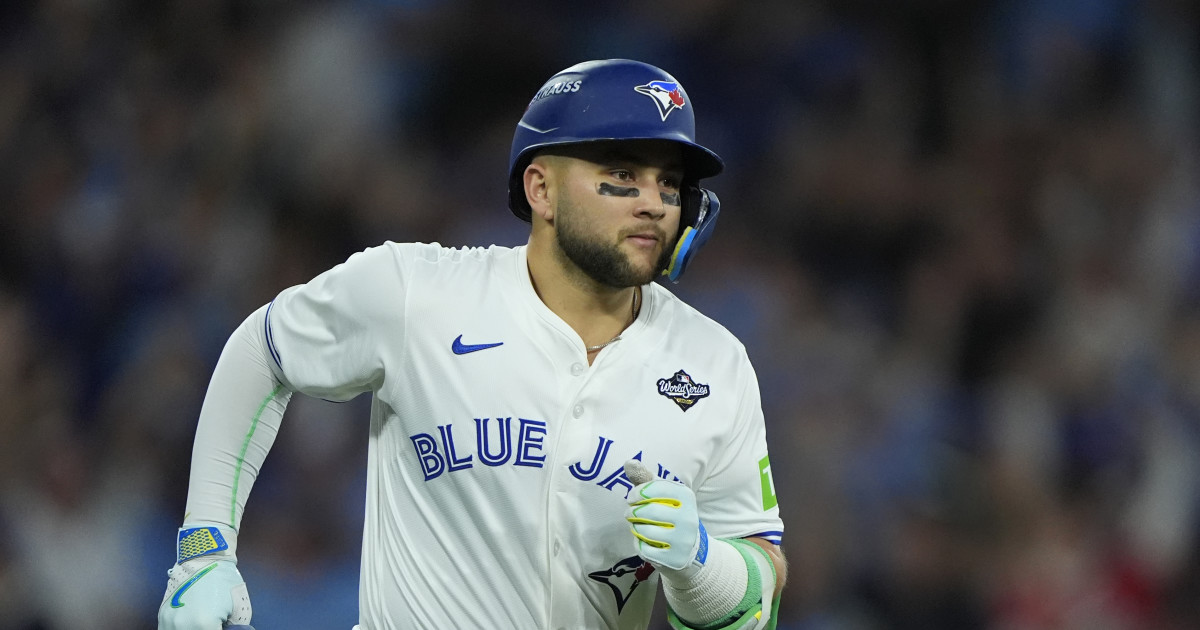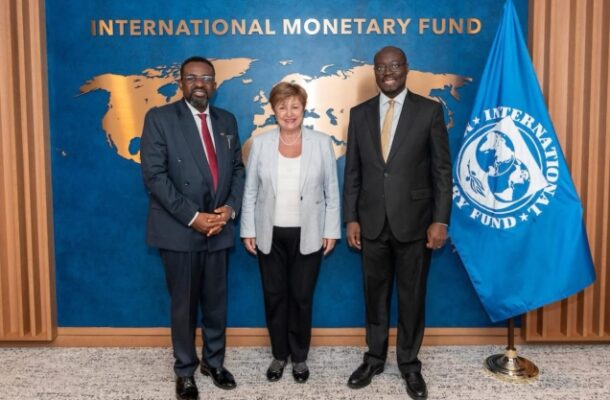Copyright Athlon Sports

Before Game 7 of the World Series, Mookie Betts told MLB Network Radio he was looking forward to Nov. 2—the first real day to exhale after nine months of grinding and a full month overyday “stress.” For players and coaches, it’s a crash day. For front offices, it’s Day 1 of the 2026 season. The day after the last out is when business begins. Eligible players become free agents the morning after the World Series ends, and teams can resume trading after the freeze that followed the July 31 deadline. Front offices move immediately into roster math: contract options, arbitration tenders, and targeted one-year offers that can shape the first wave of signings. Five-Day Window: Options and One-Year Offers Clubs have five days to extend one-year qualifying offers, projected at $22.025 million this winter (World Series ended Nov. 1; window ends Nov. 6). Eligibility is narrow: the player spent the entire season with the club, has never received this offer, and wasn’t traded in-season. That same five-day span is also decision time on club, player, and mutual options. Expect a stack of moves as teams lock in affordable veterans, decline pricier deals, and place strategic bets on stars who will almost certainly test the market. When Players Can Sign Anywhere Once the five-day window ends, players are free to sign with any team. Aggressive clubs move first to lock in value before the Winter Meetings. If a top-tier player accepts the one-year offer, a premium bat or arm disappears from free agency, and contenders pivot to the trade market sooner. If the headliners decline, they define the early bidding lanes—power bats in the outfield, frontline starting innings, and late-inning relief. Two Deadlines on November 18 This date is a double squeeze. At 4 p.m. ET, players must accept or decline the qualifying offer. Two hours later, at 6 p.m. ET, teams must set the 40-man roster to protect Rule 5-eligible prospects. That crunch often creates a mini trade flurry as clubs swap from areas of surplus to clear protection logjams. Non-Tenders Shape the Middle Class Three days later, on November 21 at 6 p.m. ET, teams must tender 2026 contracts to unsigned players under control, including arbitration-eligible players. Non-tendered players become free agents immediately. This is where the market’s middle class deepens: useful role players and bounce-back candidates hit free agency and can move quickly on incentive-laden one-year deals. Cody Bellinger was non-tendered, signed a “prove-it” deal, and bounced back into a middle-of-the-order star for the Cubs. Eddie Rosario was cut loose, changed uniforms, and ended up NLCS MVP during Atlanta’s title run. Kyle Schwarber got non-tendered, moved, and promptly mashed 30+ homers. One date, and suddenly the “value” aisle is stocked with bats that change pennant races. Meetings That Move the Market The General Managers Meetings run from November 10 to 13 in Las Vegas—the low-key prequel where frameworks for bigger moves take shape. The Winter Meetings follow December 7–10 in Florida, capped by the Rule 5 Draft. Even in quieter years, that week usually delivers at least one surprise: a rotation fix, a closer off the board, or a blockbuster that resets everyone’s plans. Since 2019, the Winter Meetings have delivered real headlines: in 2019, Stephen Strasburg re-signed with Washington ($245 million), the Angels landed Anthony Rendon ($245 million), and the Yankees closed on Gerrit Cole ($324 million). In 2022, Trea Turner joined Philadelphia ($300 million) and Xander Bogaerts went to San Diego ($280 million) while Aaron Judge stayed in New York ($360 million). In 2023, the Yankees swung a seven-player deal for Juan Soto and Trent Grisham. Impact contracts and franchise-shaping trades don’t wait for January. Why It Matters This schedule squeezes big choices into a short window, and they shape the whole winter. If the top names pass on one-year deals, they set the market for power bats, starting pitching, and late-inning relievers. If teams protect their prospects well and cut loose more veterans, the middle tier becomes deeper for bargain hunters. With new labor talks set to begin next year, clubs will also judge every move by how it performs under the next set of rules.



